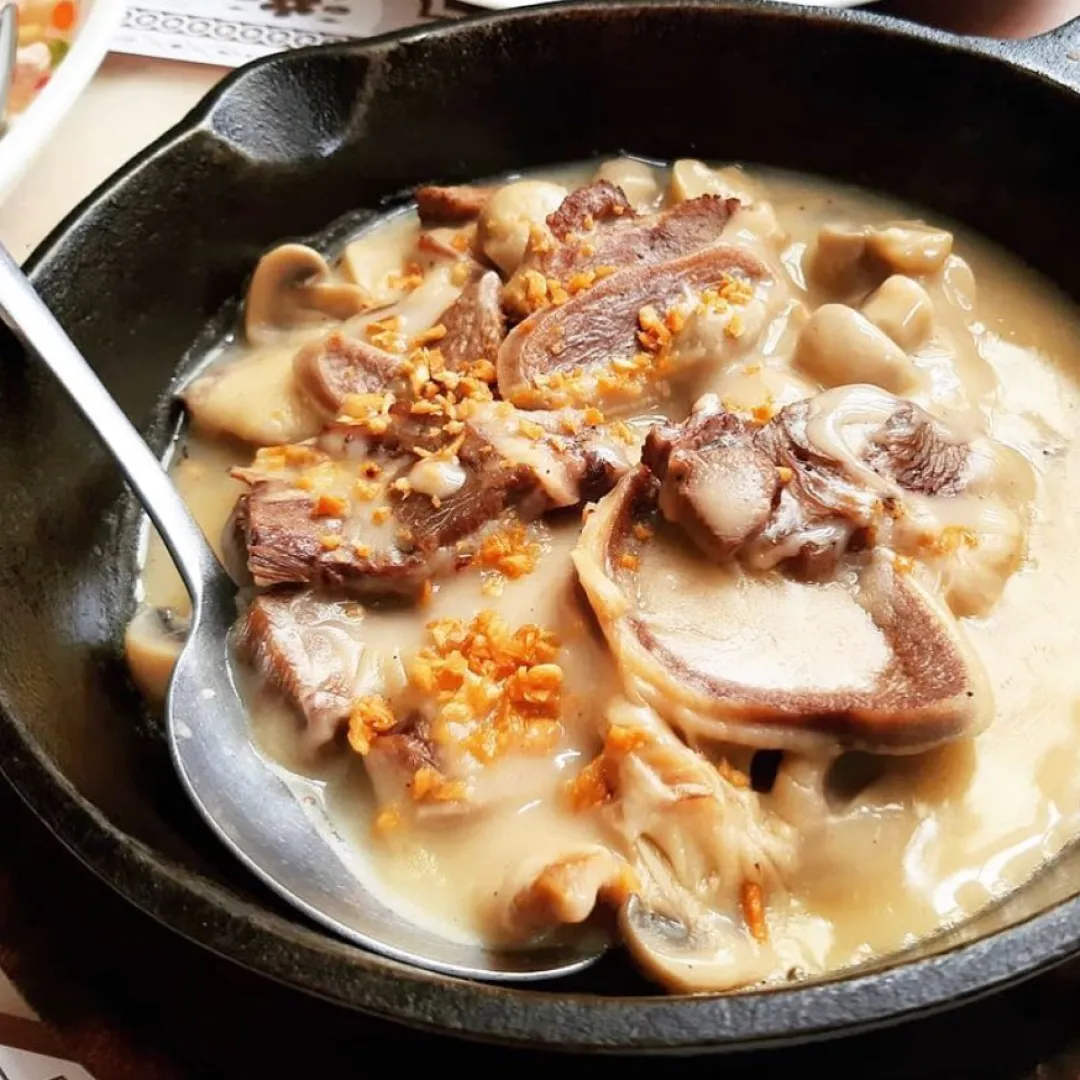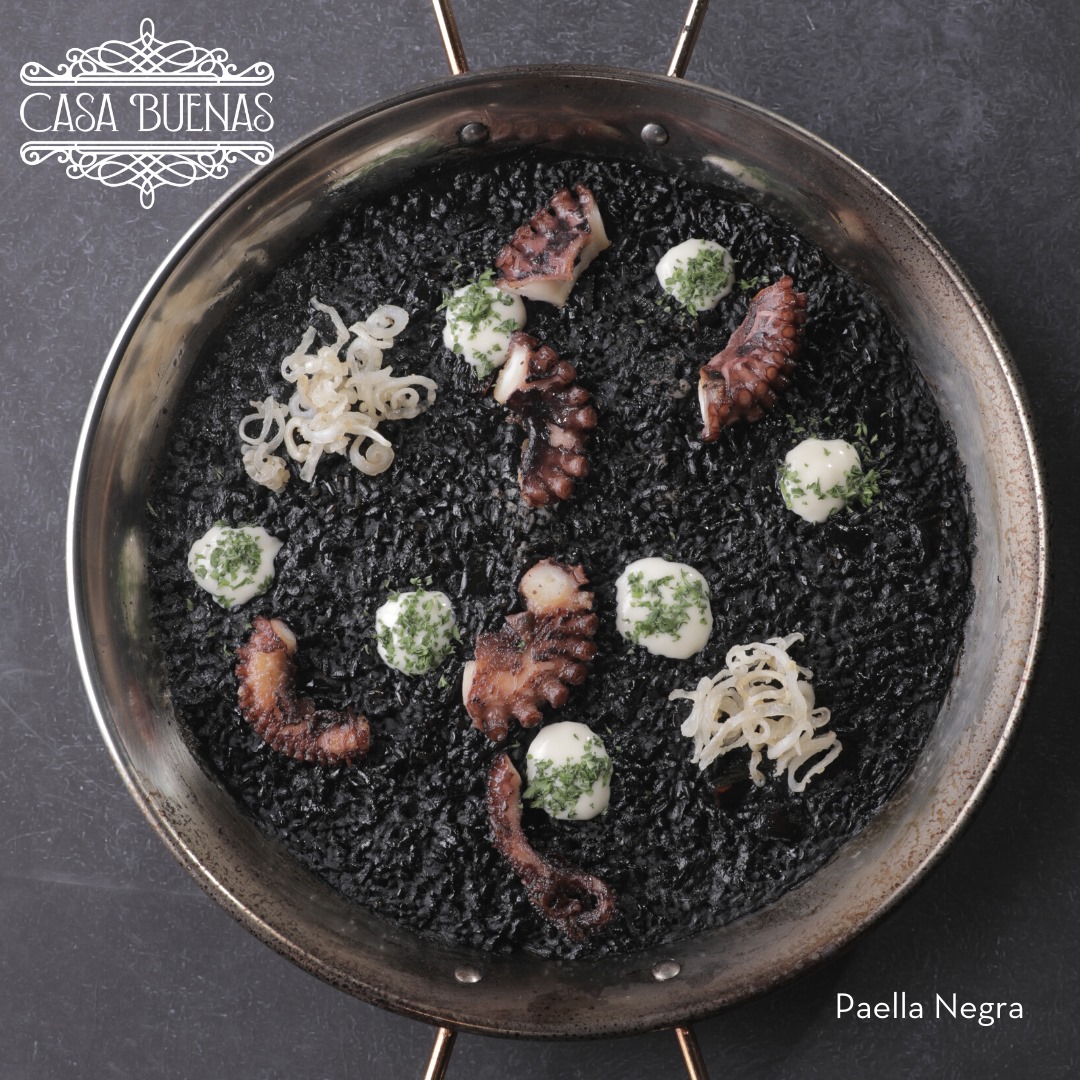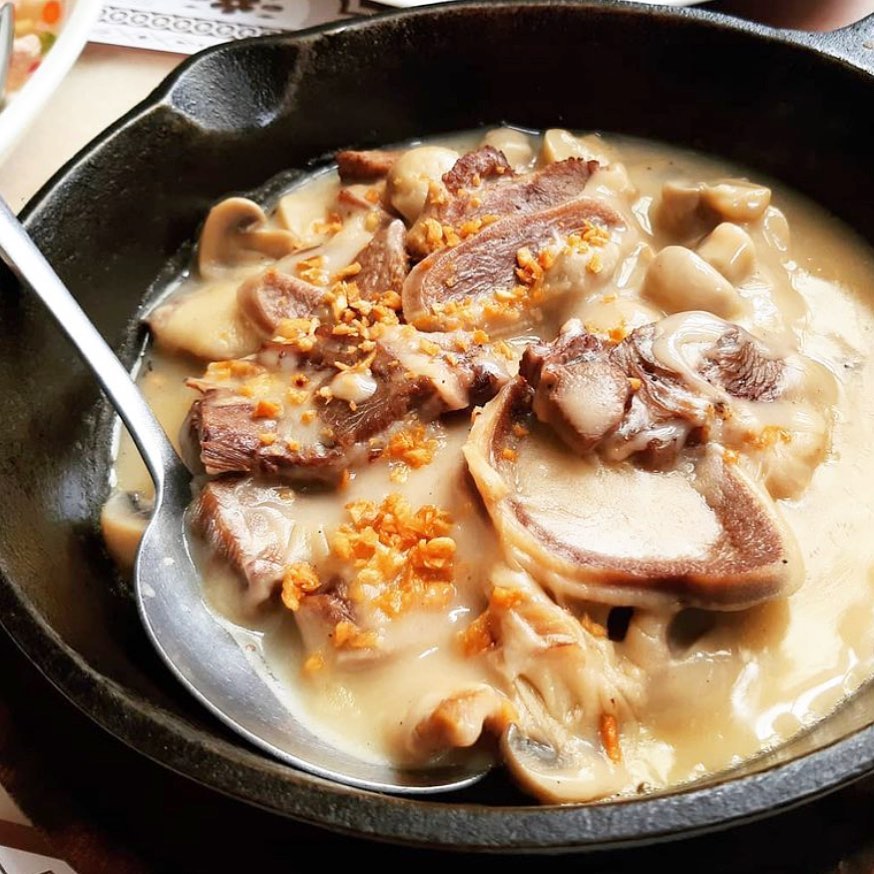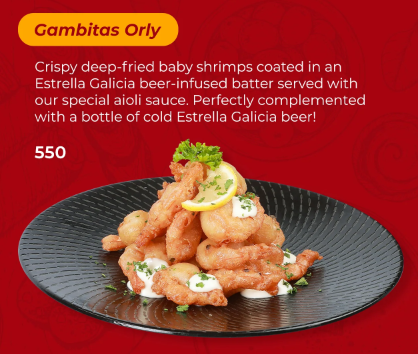
A Delicious Exploration of Spanish Food in the Philippines
November 11, 2024

Filipino cuisine is a flavorful medley historically rooted in the spices and cooking techniques brought to us by the Spanish. Filipinos learned to add more dimension to traditional Filipino food by introducing non-Asian ingredients like tomato, corn, and beef.
The hundreds of years under Spanish colonization evolved our taste buds to accommodate tastes that were once foreign but are now an integral part of our culinary identity. From the iconic adobo, infused with the depth of Spanish spices, to the beloved paella that has found a second home in our local celebrations, this blog will guide you to restaurants that tell the story of cross-cultural exchange and adaptation through their food.
Top Picks for Authentic Spanish Food in the Philippines
Paella

Paella comes from Valencia, Spain, a famous rice dish known worldwide. The name comes from the Valencian word for a frying pan. It can have different meats and seafood like chicken, chorizo, rabbit, shrimp, shellfish, eel, or pork. It also includes veggies such as onions, bell peppers, peas, and beans. All paellas have rice seasoned with saffron, a spice that gives the dish its golden color.
Casa Buenas serves Paella Seafood and Paella Negra in sizes that are good for up to three and up to six persons. When you order Paella, the staff will ask if you prefer the traditional burnt bottom (socarrat) or not. Some guests prefer the concentrated paella flavors at the toasted bottom.
Meals at Casa Buenas always start with complimentary sourdough bread that comes with four flavors of butter. Their wide and varied beverage selection features coffees, teas, and exquisite whiskeys. Casa Buenas invites you to linger a little longer, forging memories and savoring the essence of a place where good food transforms a house into a home.
Callos
Callos, a slow-cooked Spanish stew hailing from the capital city of Madrid, features a delightful mix of tripe, chorizo, black pudding, and tomato. In the Philippines, this special dish was introduced by the Spaniards and has since become a cherished dish reserved for special occasions.
If you are a fan of stew, Rafael’s Tapas Bar & Restaurant serves callos that is far from ordinary. For instance, you might know callos and its strong and slightly spicy flavor, but add some house-made longganisa and the meaty addition enhances the profile of the dish.
Henjie Carmona, owner of Rafael’s, named this unique tapas bar after his father, from whom he learned to be passionate about food. There’s another side to Rafael’s Tapas Bar & Restaurant that is revealed after sunset. Enjoy a good time with your family and friends by sipping some of their fine liquor, whether their Smash cocktail or sangria.
Lengua Laruja

Lengua Estofado, meaning tongue (lengua) stew (estofado) in Spanish, stands out as a Filipino delicacy deeply influenced by colonial traditions. Drawing inspiration from Andalusian-style cuisine, this dish involves slow-cooking ox tongue in a flavorful tomato or mushroom-gravy sauce.
Crisostomo is the place to go for high-quality lengua. With several branches around Metro Manila, Crisostomo has managed to capture the hearts of their guests with their hearty dishes like their Lengua Laruja.
What makes it special is the tasty sauce with mushrooms that coats the tongue, giving it a rich and delicious taste. Every bite combines the hearty taste of the ox tongue with the earthy goodness of the mushroom sauce, making Lengua Laruja a delightful treat for your taste buds. It's a simple yet delicious dish that brings the flavors of Spanish cooking to the table.
Gambitas Orly

Gambas is a delightful shrimp dish enjoyed as an appetizer and a main course. While "Gambas" in Spanish refers to prawns, this dish typically features medium to large-sized shrimp.
Barcino Wine Resto Bar have their take on Gambas that do not use big shrimp. Gambitas Orly is Barcino’s dish featuring crispy deep-fried baby shrimp coated in a special batter infused with the distinct flavor of Estrella Galicia beer.
These bite-sized shrimps are fried to perfection, creating a crunchy exterior while maintaining a tender inside. The beer-infused batter adds a unique touch to the shrimps, enhancing their overall taste.
Conclusion
From the iconic paella to the cherished callos, the delightful lengua laruja, and the crispy gambitas orly, this exploration of Spanish food in the Philippines reveals a tapestry of flavors that reflect centuries of cross-cultural exchange. These dishes served in contemporary settings, stand as a living testament to the resilience and timelessness of Spanish gastronomic heritage within Filipino cuisine.